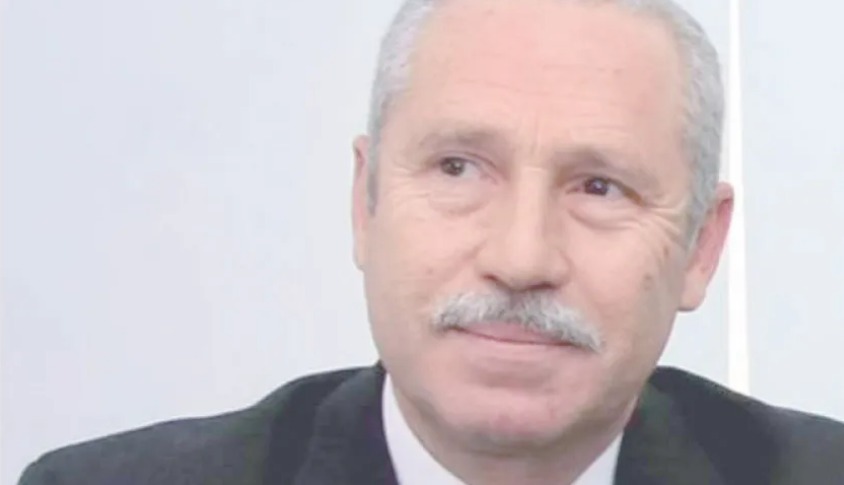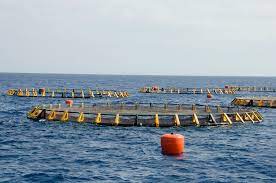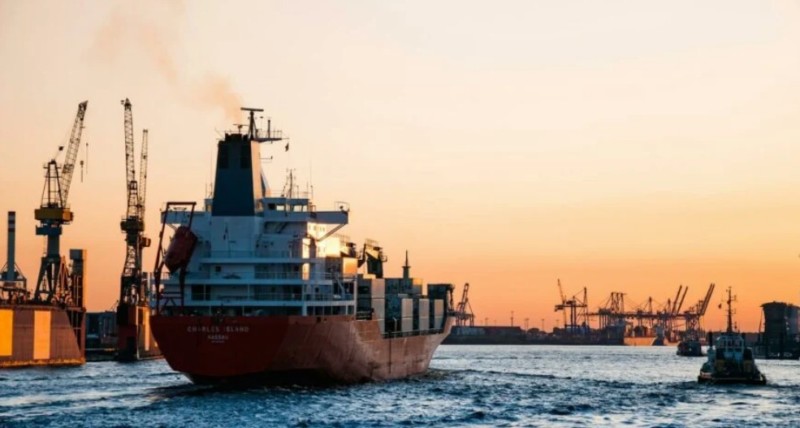In Tunisia, activities linked to the sea contribute 15 to 16% of the national GDP. Generators of wealth and jobs, these sectors therefore play an important economic and social role. However, their sustainability is at stake: often the practices used in these activities do not respect the environment and therefore compromise their sustainability. Mounir Majdoub, consultant in sustainable development policies, explains that today, it is high time to rethink new economic models for these blue economy sectors so that they become sustainable. The objective is to preserve jobs and exploit all the potential for creating added value that this economy holds. He brings his light.
When we talk about the blue economy, are we talking about an economic sector in its own right or an economic model? How much is its economic weight estimated in Tunisia?
The blue economy is rather an economic model for activities that particularly depend on the sea and the coast. To better understand the concept, let’s start by listing the main economic activities related to the sea. First there is fishing, of which there are two categories: capture fishing and aquaculture. Capture fishing is the best-known activity which can be classified into two categories: traditional fishing where small fishermen practice gathering fishing and modern fishing which is carried out with large trawlers. As for aquaculture, it is a relatively new activity (introduced in the 2000s). And the species best known for farming in Tunisia are sea bream and sea bass. Being an exclusively maritime activity, fishing depends on the balance and health of marine ecosystems. It contributes, with aquaculture, approximately 2% or 3% to GDP. But the sustainability of this sector depends on the way in which we exploit and preserve marine resources and marine ecosystems. However, when we talk about a blue economy activity, it must be sustainable economically, socially but also environmentally. Transport and maritime navigation are also another = maritime activity. Even if it is a source of pollution of the sea, it can constitute a development opportunity for the Tunisian economy, knowing that nearly 80% of our trade with the outside world passes via maritime transport. However, the weight of this activity in the national economy still remains quite low, contributing only 1% to GDP. We can also cite another important coastal activity, in this case coastal tourism or seaside tourism. Today, Tunisia has more than 200,000 beds in hotels on Tunisian beaches. It is a sector which is considered to be a blue economy activity, but once again, provided that it respects the principles of sustainable development. Indeed, to sustain this activity, it is necessary to develop its resilience in the face of the threats of climate change in terms of rising sea levels, coastal erosion and rising temperatures, which can compromise the future of coastal tourism. in Tunisia. So, all seaside hotel buildings will have to adapt to climate change in the next 10, 20, 30 years. But in general, the coastal tourism sector represents a relatively significant weight in the GDP: it is estimated, depending on the year, that the direct contribution of the seaside tourism product to the GDP is of the order of 8 to 10% . If we add related activities, such as crafts, catering, etc., the economic weight of this sector is almost 13% of GDP. In short, taking into account the economic weight of all sectors, we find that the direct and indirect contribution of the blue economy to GDP amounts to nearly 15 to 16% of GDP, knowing that seaside tourism is growing the lion’s share. Of course, we can cite other activities that depend on the sea, such as, for example, offshore oil and gas extraction, since Tunisia has a few platforms. But these activities are not considered blue activities, because they are highly polluting. And today, given the climate emergency, the global orientation is leaning towards renewable energies and the abandonment of fossil fuels. And, rightly so, renewable energies can constitute a source of relatively clean and green maritime activities, such as offshore wind turbines.
Added to this are other activities which are not economic in the strict sense of the term, but which are extremely important for the preservation of the marine environment in general. This is the case for activities linked to environmental protection and the preservation of marine ecosystems and decontamination, which make it possible to protect marine natural capital. In addition, there is increasing talk of emerging blue economy activities, such as the exploitation and valorization of biomarine resources, notably the extraction of spirulina from algae or Posidonia seagrass, which is used in the pharmaceutical industry or in the manufacturing of cosmetics and food products, etc. So, in summary, the blue economy is all economic activities which depend directly or indirectly on the sea and which respect the principles of sustainable development in environmental, economic and social terms.
So, when we talk about the blue economy, are we talking about profitability issues or environmental issues (for example for tourism which is a polluting activity and which must reduce its negative environmental externalities)?
The issue is one of sustainability but not only from an environmental point of view. It is also an issue of economic sustainability. Here, I always come back to the example of fishing where illegal fishing practices which do not respect biological rest or trawling which takes away everything that is on the seabed, pell-mell. These are practices that are unsustainable and threaten the sustainability of fishing production itself. So the issue is one of sustainability but this sustainability can only be understood in the integrated and systemic sense of the term. That is to say, there is no environmental sustainability separate from economic sustainability and on the other hand, there is no economic and environmental sustainability separate from social sustainability. Because if, for example, fishing activity declines due to overexploitation of fishing resources, it is employment that will suffer. And moreover, Tunisia suffers, in this context, from two problems: the first is that of the overexploitation of fishery resources which prevents and hinders the natural reproduction of species. The other phenomenon which is extremely important is that of sea pollution which has its origins in chemicals and plastics dumped at sea harming aquatic life. In Tunisia, we have two examples which are real and which we have been experiencing for several years. The first example is that of the discharge of phosphogypsum at sea by phosphate processing industries which impacted the marine environment and which practically created a marine desert leading to the destruction of hundreds or even thousands of jobs for fishermen. The other example is that of uncontrolled discharge or discharge from wastewater treatment plants which are not adequately treated and which often do not comply with standards, thus polluting the sea and affecting the environmental health of the aquatic life. These discharges into the sea are responsible for the pollution of bathing water in certain beaches and therefore for the ban on swimming in several beaches on the Tunisian coast. Moreover, there are around twenty public beaches which are prohibited from swimming because of polluting products which can harm human health. Regarding tourism, you said that the sector is very polluting. I do not really agree. The tourism sector is not as polluting as the industrial establishments which are installed on the Tunisian coast and which discharge polluting waste into the sea. It is true that there is a part of tourist activity which can be a low polluting, particularly in terms of water discharge, overconsumption of water, energy consumption, etc. But it is controllable. On the other hand, tourist buildings by the sea are increasingly threatened by the negative impacts of climate change, in particular the advance of the sea which is visible on several Tunisian coasts, such as the Gulf of Hammamet, Cap Bon, the east-central Sahel, etc. where tourist buildings are already affected and affected by the advance of the sea. This presents us with a dilemma. Are we going to continue to build hotel buildings right in the water, at the risk of seeing these buildings demolished due to the encroachment of the sea, or should we move several tens or even hundreds of meters every existing buildings? This involves, of course, huge investments and a significant transformation of the tourism sector, in particular.
Hence the need to work seriously and deeply on new tourism products, a new tourism economic model which is less dependent on the sea and more oriented towards natural landscapes, towards culture, archeology, socio -cultural, etc.
So, the ideal is to succeed in changing the economic model of all these sectors, precisely to be able to sustain these activities?
Absolutely, it is absolutely necessary to reflect in a calm, calm and participatory manner with all stakeholders, in particular professionals, the different professions, the administrations concerned (agriculture, fishing, the environment, tourism , transport, equipment, housing, industry, etc.). And to establish a real dialogue on the threats, challenges and opportunities linked to the transformation of our economic model which depends on the sea and the coast. Moreover, what was organized last week by the Racines et Développements Durables (RDD) association, with the support of the United Nations Environment Program and the partnership of the Tunisian Ministry of the Environment, goes in this meaning: establishing a national dialogue to spark debate and reflection on these issues which are important, on the one hand, because 10 to 15% of GDP is produced by the sea and the coast. And then, we really think that there is a potential to further develop the creation of added value relating to these activities but on condition of respecting the rules of sustainability.




